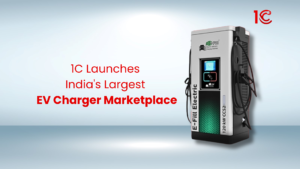
Menu
Menu
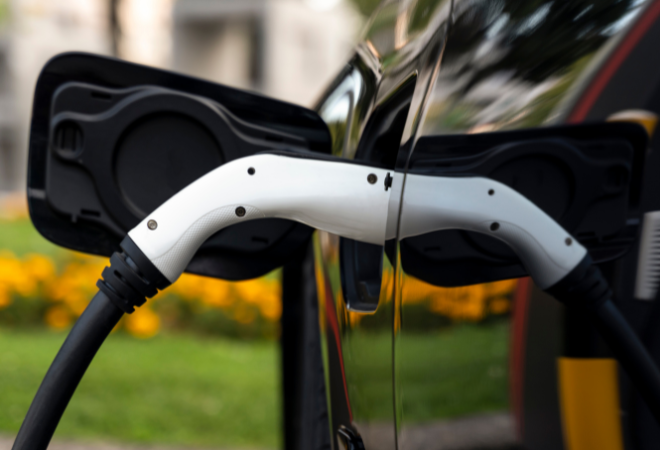
An Electric Vehicle (EV) Charging Station is where electric cars can get energy. It’s like a special gas station or petrol pump, but instead of putting gas or petroleum oil into the car, it fills electricity into an electric car’s battery.
Electric Vehicle (EV) charging stations are strategically located in areas such as parking lots, and alongside roads, and can even be installed at homes. These stations provide a designated point where electric car owners can connect their vehicles for charging.
Charging stations vary in speed, categorised as either fast or slow, depending on their electricity output. Some stations are designed for home use, while others are accessible in public locations.
Using an EV charging station ensures electric car owners have sufficient power to reach their destinations. It parallels the act of refuelling a conventional car, but instead, it involves supplying the necessary electricity to sustain the operation of an electric vehicle.
Electric vehicles (EVs) have different ways to charge, and it’s essential for EV owners to understand these methods for a better charging experience.
The 15Amp AC plug is like the one you use at home for big appliances. It charges slowly at 3.3kW, which is suitable for small EVs like two-wheelers. If you have a small battery, an overnight charge could be enough. However, if your battery is larger, it might take more than a day. Still, this 15A socket can be a handy backup if your EV is stuck somewhere and needs a charge.

AC fast chargers are more powerful, delivering between 7kW to 22kW. You can have one installed at home for faster charging. For example, the Tiago EV’s 7.2kW charger can take a 24kWh battery from 10-100 percent in 3 hours and 35 minutes. The standard 3.3kW charger would take 6 hours and 20 minutes for the same charge.

DC fast chargers are found at specific public charging spots unlike home chargers. They change the power from the grid into direct current for quicker charging. For instance, the Tata Tiago EV, with a 24kWh battery, can reach 80% charge in only 57 minutes using a 50kW DC fast charger. Some of these chargers today can even go up to 350kW, but how fast your EV charges depends on its design and other factors.
V2V charging allows one EV to share its battery charge with another. While it’s generally slow, it can be helpful if a car is stuck and needs a boost. Both vehicles must be designed for V2V charging, and their systems need to communicate for the exchange to happen. Examples of models capable of V2V charging include the Hyundai Ioniq 5 and Kia EV6. Additionally, if an EV is low on charge, it can be plugged into another EV with a regular 3-pin AC outlet for a bit of extra juice.
Charging an electric vehicle (EV) isn’t a one-size-fits-all scenario. The speed and patterns of charging depend on various factors, and understanding these nuances can significantly enhance the EV ownership experience.
Unlike what some might think about charging being super fast all the time, it’s not the case. Various chargers have different speed patterns. The slower and medium Alternating Current (AC) chargers keep a pretty steady speed during the whole charging process. On the other hand, Direct Current (DC) chargers follow a pattern that looks like steps. It starts fast and then slowly goes down as the vehicle charges.This is done to preserve battery life by preventing it from getting too hot and to stop individual cells from charging too much.

Charging speed varies due to the heat generated during the charging process. When a battery is charging or providing power, it tends to warm up. The charging rate slows down to prevent excessive heat as the battery nears total capacity. Additionally, because no two cells in a battery are identical, they charge at slightly different rates. The speed decreases as the charging process approaches completion, and some cells are total while others are not. This ensures that the cells that still need charging can catch up without causing any damage to the fully charged ones.
Understanding these differences is important for EV owners, especially those using DC chargers. It affects how long the charging takes and how people should act when charging.
Most EV owners know an unwritten rule: don’t charge past 80 percent on a public DC charger. After this point, the charging takes much longer, so it’s polite to unplug and let the next person charge. Charging up to 80 percent is good for others and helps keep the battery in good shape.

This charging politeness matches the quick slowing down of charging speed, usually seen after reaching 80% to 90%. Following this rule helps make using public charging spots easier for everyone, creating a friendly environment among users. Charging manners are a practical part of having an EV, going beyond just the technical stuff, and making sure charging spots work well for everyone.
Charging an electric car is not just about plugging it in and waiting for the battery to fill up. Many things can affect how fast and well it charges. Knowing about these things is important for people who own electric cars.

Think of it like Goldilocks and her favourite porridge. Electric car batteries like to be at a certain temperature to charge well—around 15 to 25 degrees Celsius. The charging slows down if it’s too hot or cold outside. This is why it’s important to consider the weather when charging your electric car.
Modern electric cars let you use some things while the car is charging. For example, you can sit in the car with the air conditioning on. Not only does the battery have to power these inside things, but the smart system might also slow down the charging on purpose to manage heat better. It’s like finding a balance between making things easy and charging quickly.
Understanding the diverse charging methods and factors influencing electric vehicle (EV) charging is crucial for an optimal ownership experience. From the different charging speeds and patterns to the courtesy extended at public charging stations, these insights empower EV owners to make informed decisions. By considering factors like ambient temperature and system load, users can navigate the charging process efficiently, preserving the longevity of their EV batteries.
EV charging stations differ in type and speed. The speed of charging varies, with some being faster and others slower, depending on their electricity delivery capacity. These stations are located in various places, including parking lots, roads, and residential areas.
Charging stations differ in plug types and power outputs. It’s crucial to ensure your electric car matches the specifications of the charging station to avoid compatibility issues. Some stations are intended for home use, while others are available in public locations. Checking compatibility before charging is essential for a smooth charging experience.
The charging speed of an EV depends on the factors like charger type and battery size. Direct Current (DC) chargers, commonly found in public spots, have a charging pattern that slows down as the battery approaches full capacity. This is done to preserve battery life, prevent overheating, and ensure uniform charging across individual cells. Understanding these variations is crucial for efficient charging.


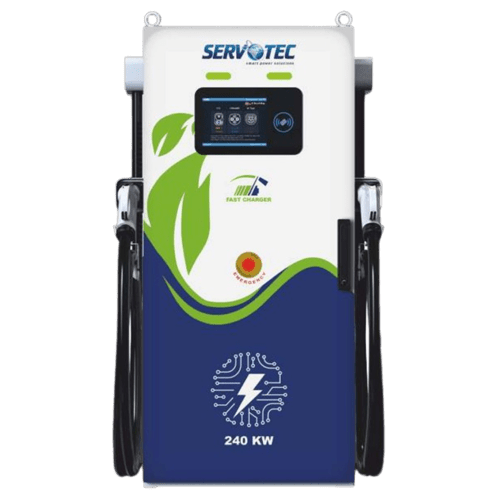
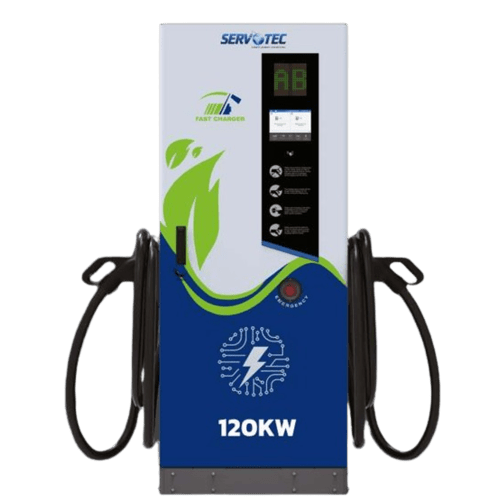
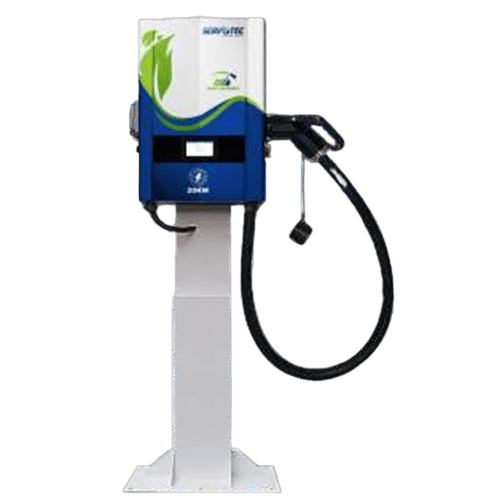
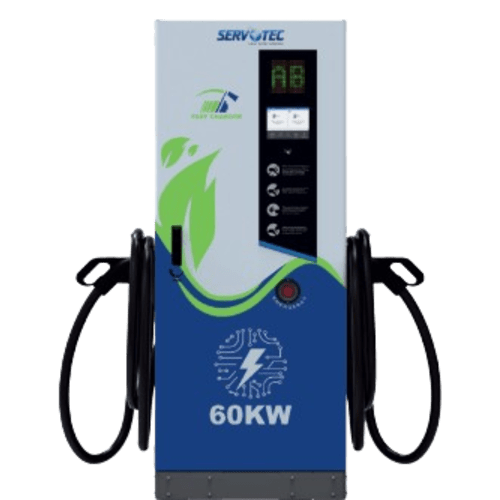
© 2024 Massive Mobility Private Limited. All rights Reserved